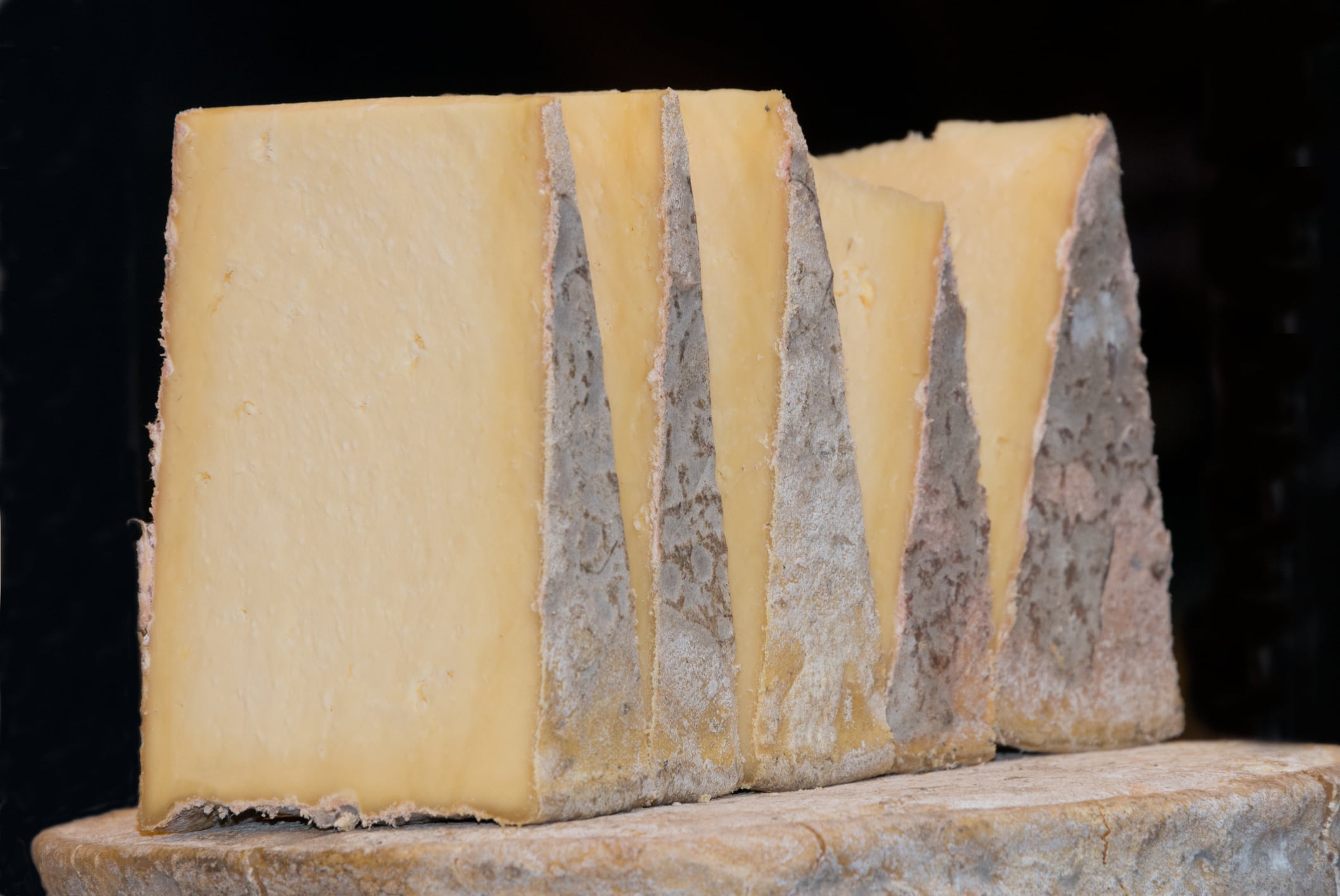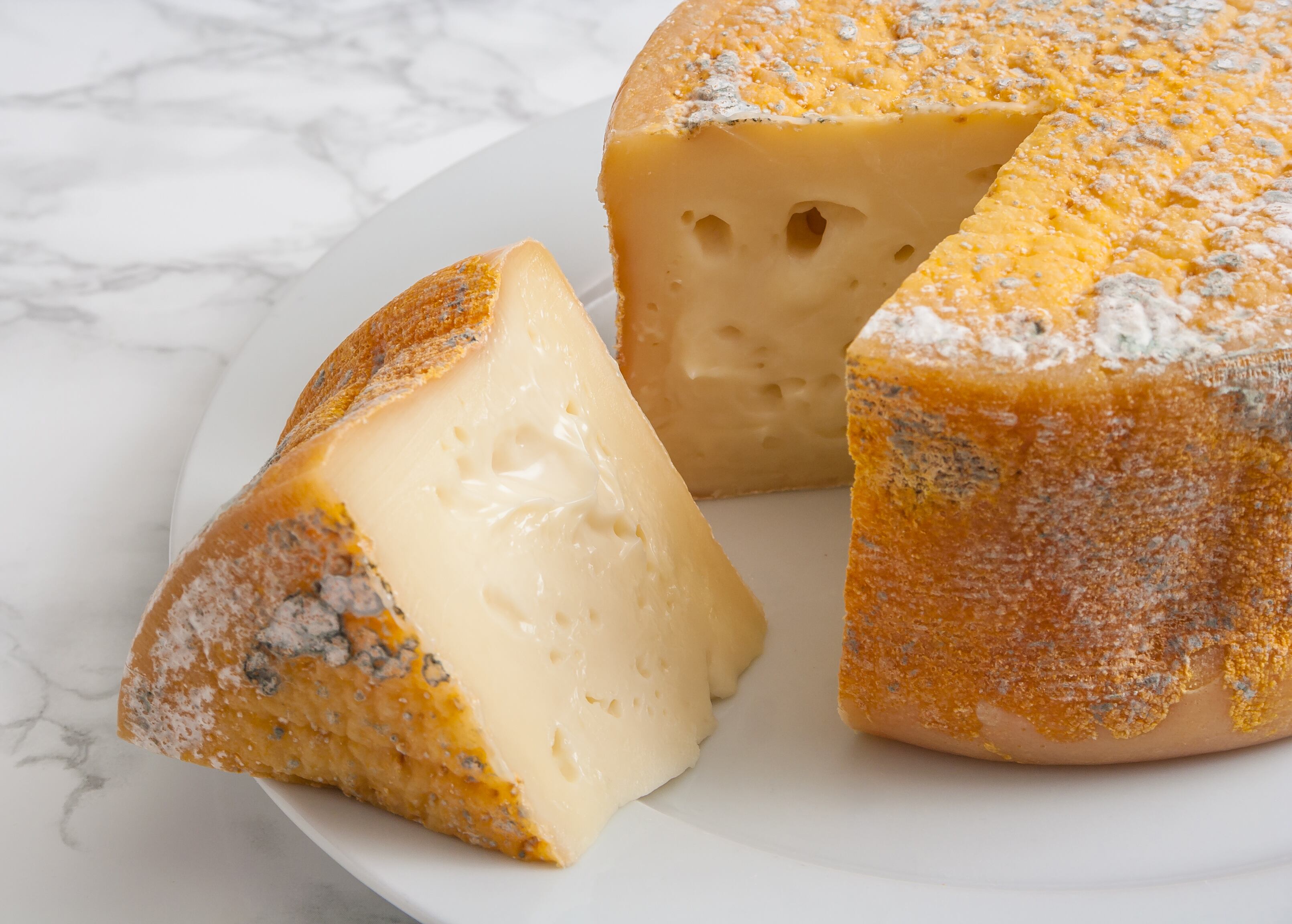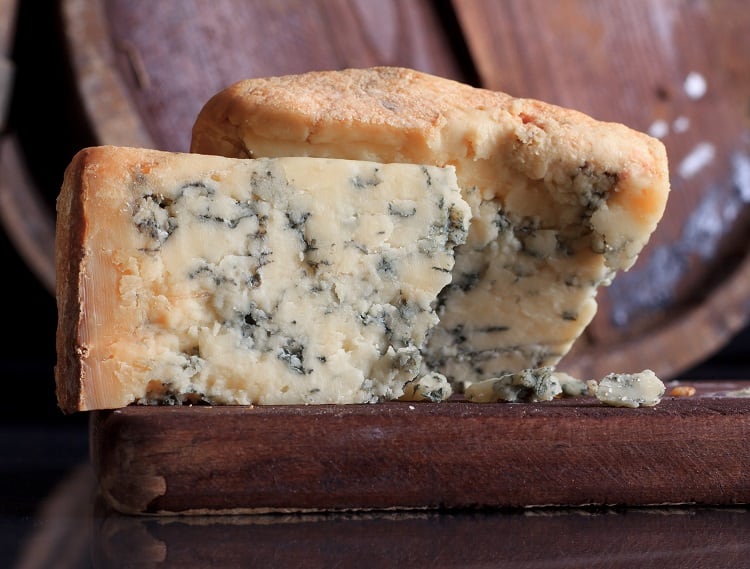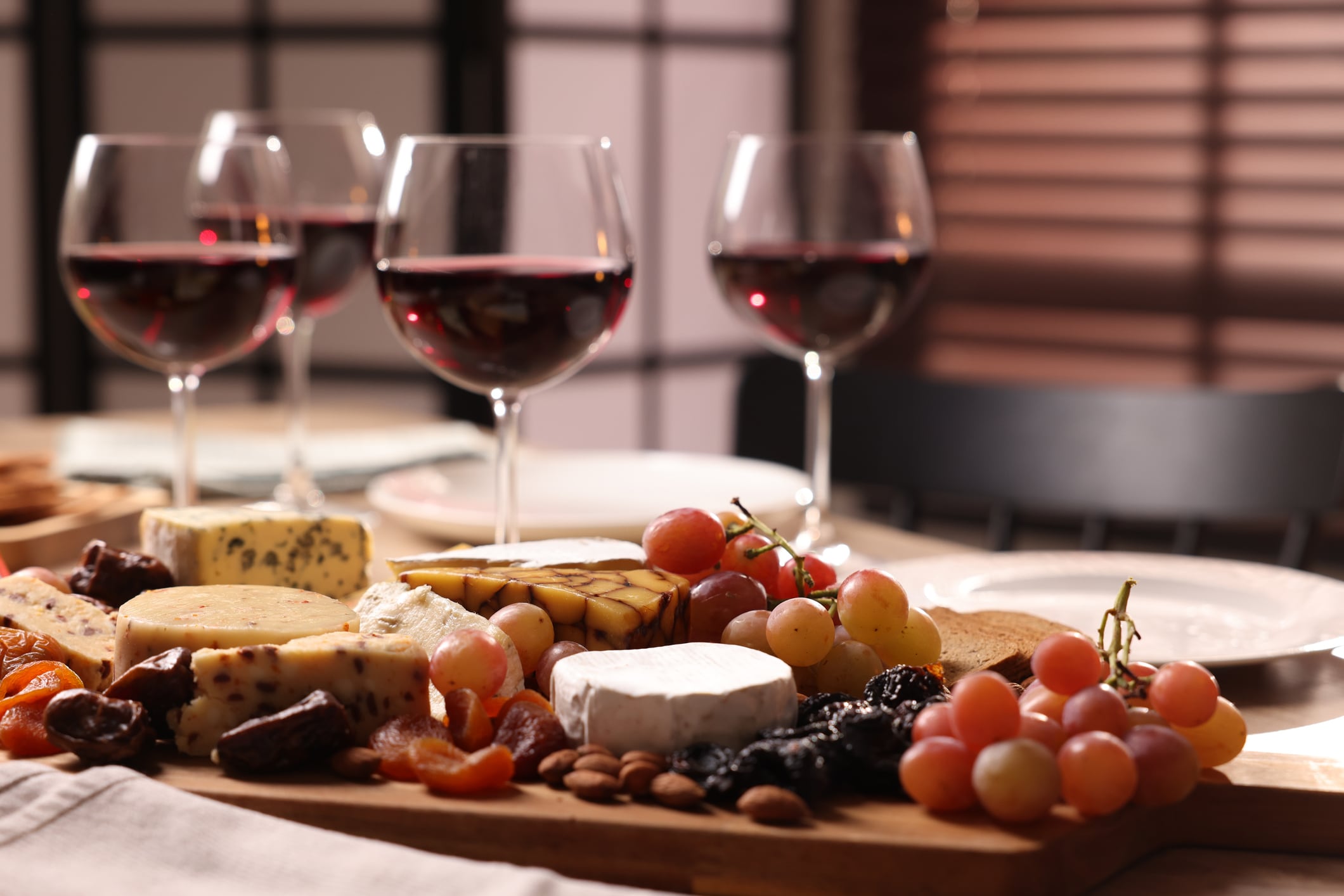Cheese consumption may be in long-term decline in the UK (12% down since 2021), but premium cheese, despite its higher price tag, is experiencing a resurgence.
NIQ Homescan POD data [52 w/e 4 October 2025] shows that for premium cheese, purchase frequency is up 5.0% in the last year; volume is also up 0.4%, and buyers are up 4.4%. Penetration is also up 1.8ppt.
More consumers are purchasing more premium cheese, more often - despite Britain’s elevated inflation and low consumer sentiment (see sidebar for data).
This is because premium cheese is a better bang for the buck: over the last year, the category has barely increased in pricing (+0.6%) compared to noticeable hikes in private label (3.7%) and branded cheese (4.2%).
But different cheese types are performing variably across the board. Stilton volumes for example are much higher in the premium segment, highlighting that consumers are prepared to pay more for good Blues.
Stilton’s purportedly waning popularity was blamed for slumping blue cheese sales last year. But trends change, and so do palates.
Which are the most underappreciated cheese varieties today - and has blue cheese escaped the list?
We asked award-winning cheesemonger Nick Bayne of The Fine Cheese Company what he’s seeing from behind his cheese counter.
“There are three types that people pass over frequently here in the UK,” he told us . . .
#1: Crumbly British territorial cheeses

“Especially smaller-production, usually raw-milk cheeses, they are a little out of favor because they are more subtle. They rely on gentle, slightly soured flavors, subtlety and complexity within that subtlety.
“But they don’t go out shouting themselves from the rooftops. They’re the humble provenance of farmers and kind of traditional diet that people might associate with an older generation.
“But there’s such wonderful ones still being made. Kirtle’s Lancashire, Applebee’s Cheshire, Charles Martel’s Hinkelboscher, Yordale Winsleydale, Sparkenhoe Red Leicester - the list goes on and on. And they need love and respect and are a tradition worth saving.”
#2: Torta-style cheeses

“I happen to be very passionate about torta-style cheeses, which are primarily from Extremadura, western Spain, along the Portuguese border. And from the center of the Asturian mountain of Portugal stretching down, just low them out towards the coast. They’re a very different style of cheesemaking, very specific to the Iberian Peninsula. There is some of the most exciting, complex, fascinating, gooey, spoonable, luscious cheeses out there.
“The flavor profiles are a little bit different than what we expect out here in the UK. And they sometimes smell a little funky, but they are absolutely the most wonderful things for me: pure comfort mixed somehow with utter decadence, and I love them.
#3: Blues

“I don’t like having to say that, because I think there’s more and more appreciation for them,” Bayne told us. “But the thing people seem to be the most nervous about are blues.
“And I’ve been doing this for a long time and I have now reached a seemingly foolproof opinion that there is a blue cheese out there for everyone. The thing is, not everyone has encountered the blue cheese for them yet.
“And sometimes, it just takes going to a really good cheese shop and trying something over the counter or explaining that you’re a bit nervous about them, to reach out to a cheesemonger and they’ll find you the right thing.
“They’re a little underappreciated because people are a little scared of them, because they look so different. Sometimes smell funky, sometimes having a musty flavor.
“But they are as diverse a category of cheese as any, and just so wonderful.”



